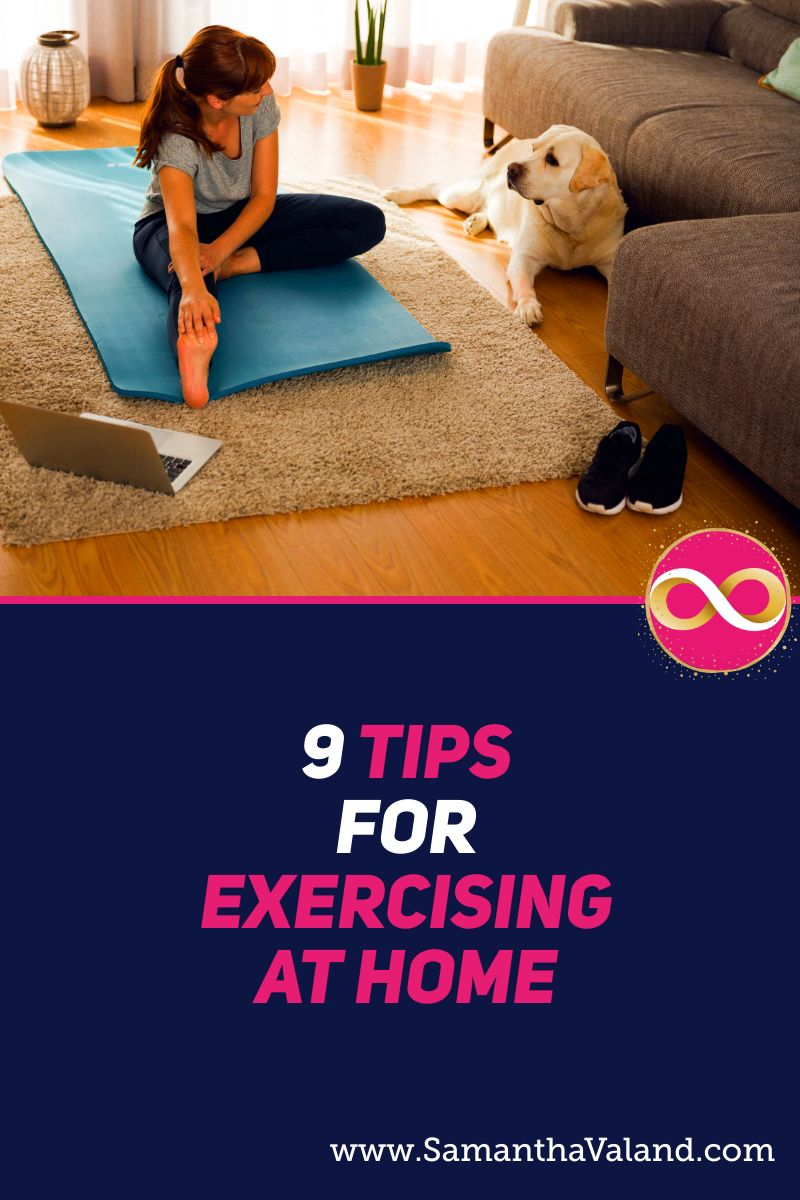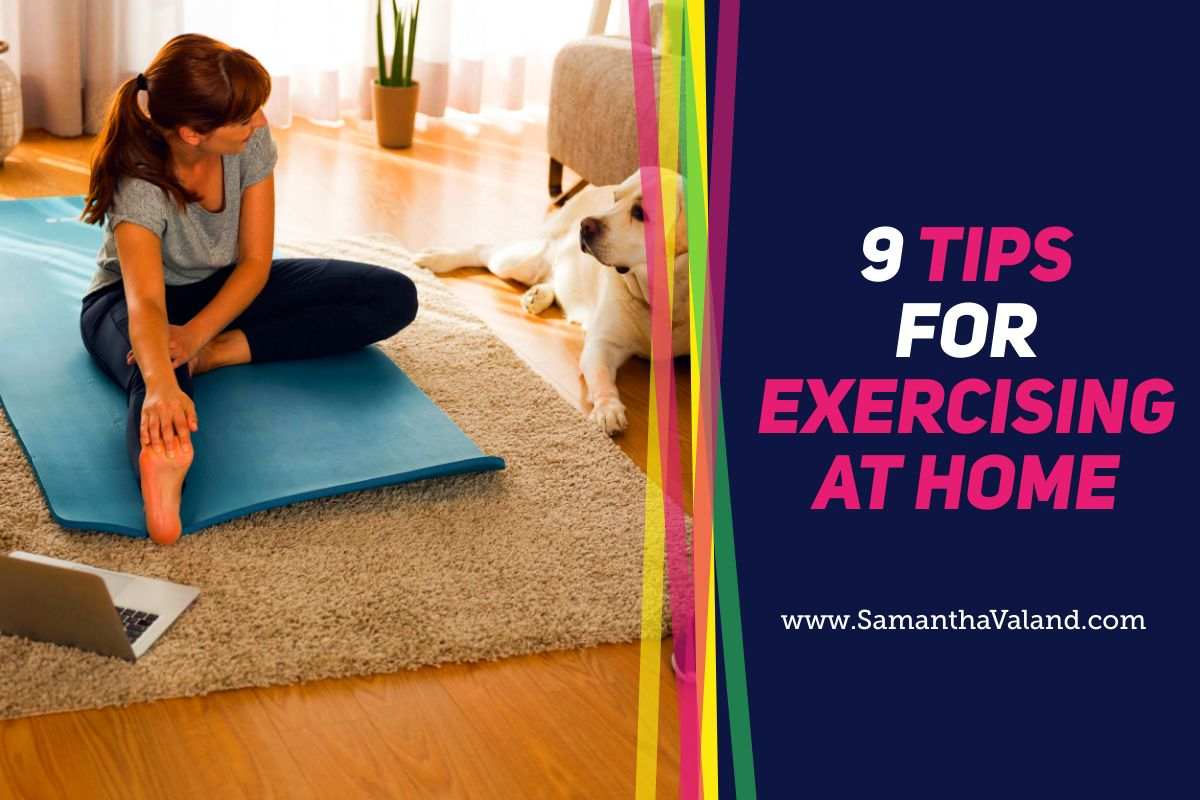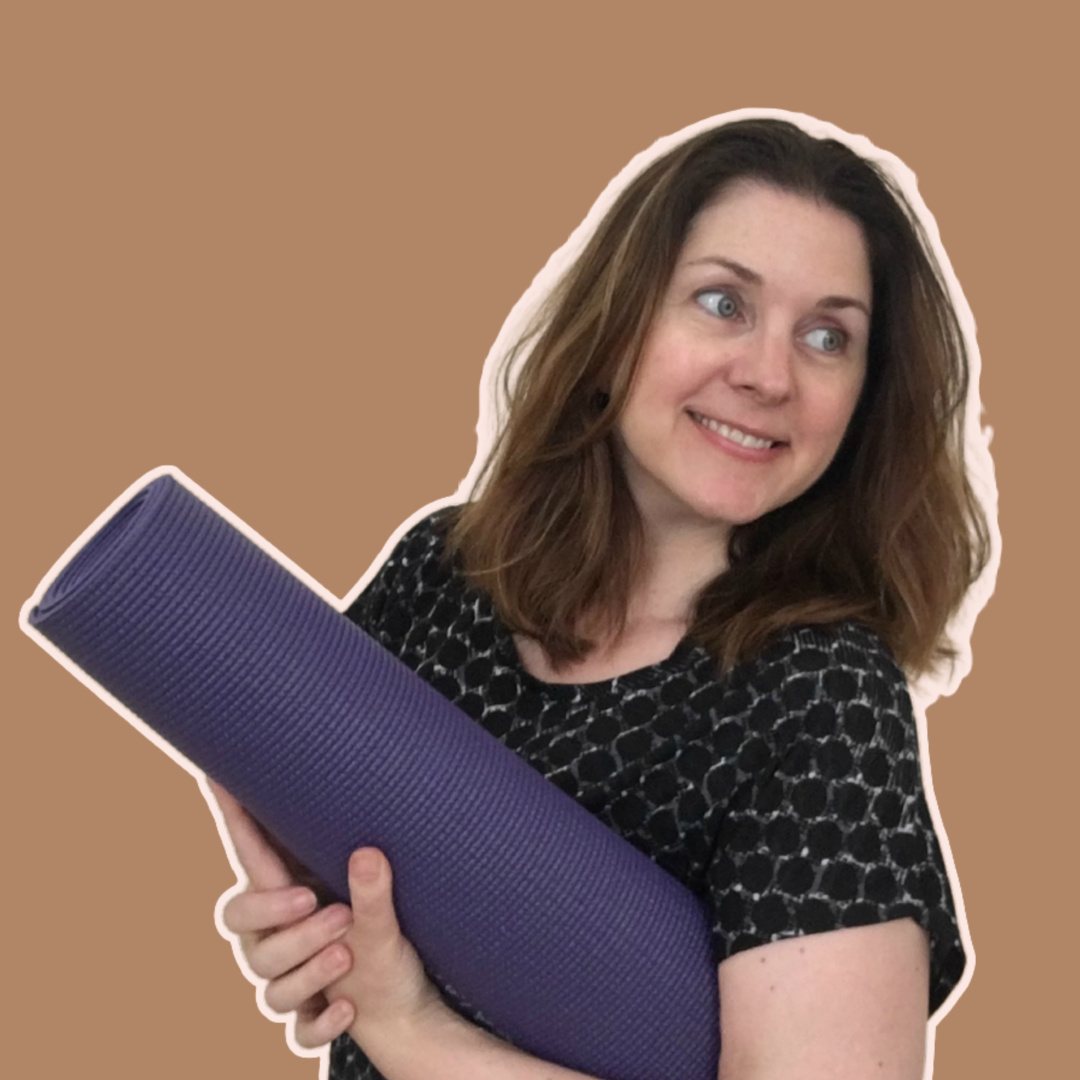Exercising at home is a great option during the menopause. I have nine top tips for you to get the most out of your workout sessions.
1. Be organised
Ideally you would want to treat your workouts at home in the same way as you would treat going to a class or a session at the gym. Although we have more flexibility working out at home, you don’t want it to be so flexible that you are not actually working out!
The best option is to work out what you’re going to do in advance. During the menopause a couple of options are best, one for when your energy is low and one for when you are full of beans!
This is so you have an option regardless of your energy levels to do something. It is really easy during the menopause to pause exercising altogether. It’s really helpful to have a plan in place that you can do something at low intensity to keep you moving.
It can be very frustrating spending the 30 minutes that you have set aside to exercise trying to find something to do before you run out of time.
What time of day do you plan exercise? It is fabulous that you can be flexible working out at home but make sure that this always works in your favour and not against you. Be as specific as you can and pop it in your diary. You can’t put ‘maybe later’ in your diary you have to be specific.
For most of us it will be in our living room because that is where the most space is available to us. But just be aware how much furniture you have to move every day to use the space. For most of us, it’s just a coffee table but if it starts to be a lot of effort it will become an excuse for you not to work out.
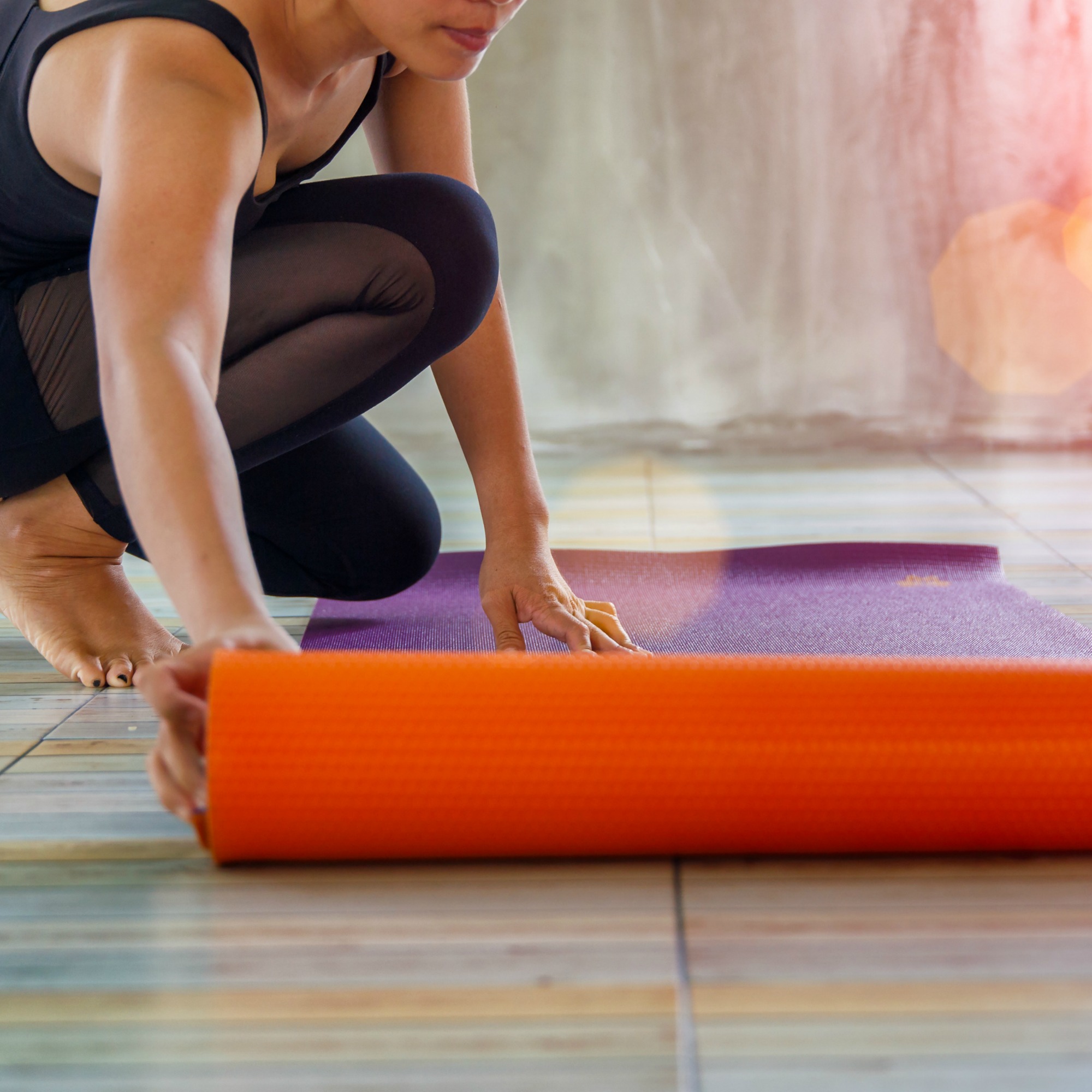
I probably have more kit than most people at home because I teach Pilates and yoga. But I’m still very organised. I have a big bag of bricks, blocks and bands that I use in my everyday sessions tucked away in a bag in the living room. This makes it’s really easy for me to start exercising quickly and I don’t spend any time looking around for where I’ve left my kit. I always keep hair bands in there too as I can never find any!
At home there are many things that will distract you. It’s very easy to think I’ll just do the dishes and then I’ll drop onto my mat or I’ll put a load in the washing machine and then drop onto the mat. Instead of just getting onto the mat.
The people you live with may interrupt you. (Hello Savasana!) Is that ok? If not, you’ll need to let them know when it’s OK to interrupt you and when you prefer them not to. There is always going to be a good reason not to exercise so be clear on what distractions are OK and what aren’t.
What is procrastination what is distraction?
It’s easy to do the same workouts over and over, when you work out on your own. Neglecting joints, muscles and alignments. If you’re not making the progress you’re expecting, it can be because you have plateaued. This can be due to either too much or too little variety in your workouts.

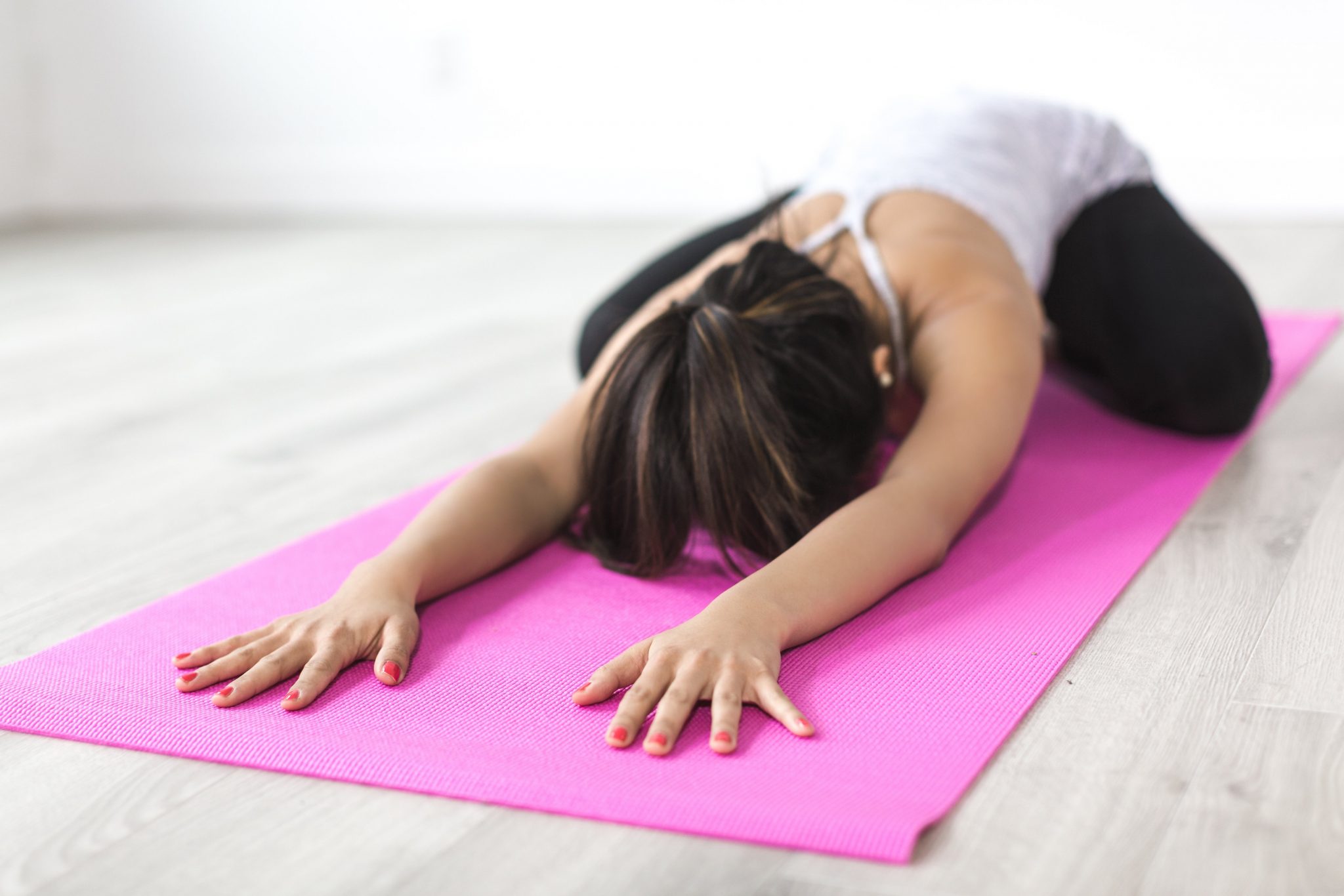
Exercising on your own is one of the best ways of getting to know your menopausal body and mind. Without any distractions from your teacher or other classmates. It’s a great time to focus on a specific area or exercise you want to improve. However, it’s also easy to avoid exercises that you don’t like and concentrate on what you do like! Have a plan and notice what are you avoiding when there is no-one else to watch you sit an exercise out or fast forward the video!
In Pilates we have precision of movement and in yoga we have listen to your body. The reality is somewhere in between. When you are working out on your own you need to be really clear on what your skillset is, as well as what adjustments that you personally have to make in order to maintain good form.
There is a yoga exercise called pigeon pose, I know I need to adjust my left hip so it’s my pelvis is in neutral. This isn’t something I can see and it’s not a position that I can tactile feel when I’m in the right position. It feels comfortable to me because my hip has been bit tight for a while now and so it doesn’t feel like it’s tight just feels like what my hip feels like! But I know in a yoga class that it will be commented on by the instructor to get my pelvis back in alignment.
Now if I keep stretching my hips, I won’t always have to make this adjustment. That is really useful to know when I need to stop making the adjustment too and that is about having someone’s eyes on you on a regular basis.
- Be organised treated in the same way you would do going to a class or meeting at I want to one session
- Create an exercise spot at home where you have all the kit that you need to hand and your people know not to disturb you!
- Pay attention to your form and have regular sessions with an instructor who has eyes on you and that can give you advice and homework if you need it for you too keep exercising at home.
